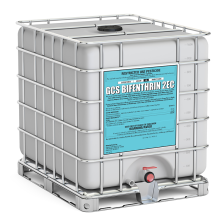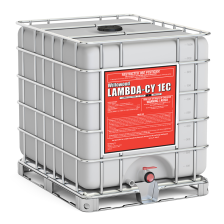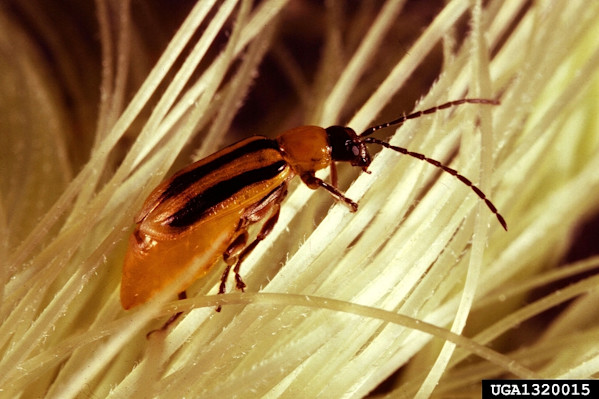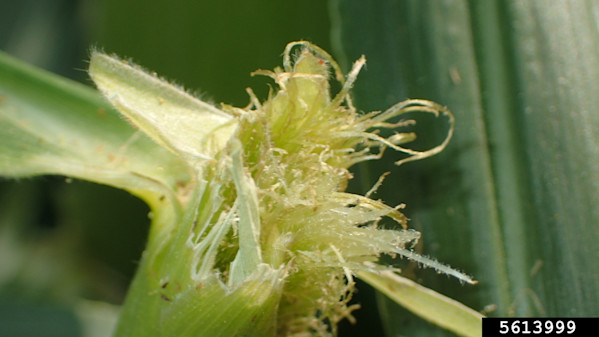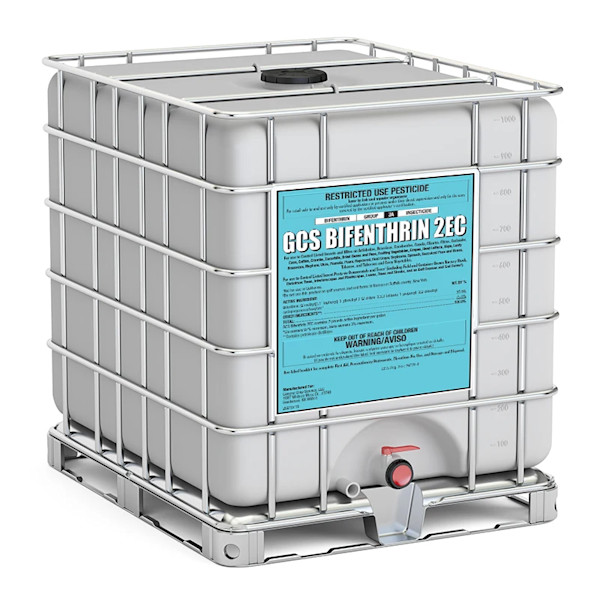What Is Corn Rootworm?
There are three species of corn rootworm, which can only be identified during the adult beetle stage:
1. Western Corn Rootworm (WCR)
Western Corn Rootworm (WCR) is the most common rootworm beetle and most damaging species across the Corn Belt. The adult beetle is yellow or light green with three black stripes running the length of the wings. Stripes vary from three distinct dark to black lines on the males to one large strip covering most of the wings on the females. Females have slightly larger abdomens than do the males, but both are around 5/16-inch long.
2. Northern Corn Rootworm (NCR)
Northern Corn Rootworm (NCR) are usually found in smaller numbers than WCR in the northern portion of the Corn Belt. NCR have the unique ability to enter an extended diapause stage, meaning they can remain in the egg stage of its life cycle for an extra year. This allows NCR to survive in a one-year crop rotation system. NCR range from tan to lime green in color and reach about ¼ inch long. Unlike the WCR and SCR beetles, there is no color difference between males and females; however, females typically have longer, larger abdomens.
3. Southern Corn Rootworm (SCR)
Also known as the Spotted Cucumber Beetle, the Southern Corn Rootworm (SCR) generally causes the least damage of the three pest types, but there can be situations where adult SCR beetles must be controlled to protect against silk clipping during corn pollination. SCR eggs do not survive the winter in most of the Corn Belt, but they are still of some concern in the southern Corn Belt. The adult beetles are yellow to light-green with 12 black dots on the back and are generally around ⅜-inch long.
These three pest species, when combined, cost U.S. farmers around $1 billion every year when factoring in yield losses and input expenses. (1)
The corn rootworm life cycle follows the stages below:
Egg
Pupa
Larva
Adult Beetle
There is only one generation of corn rootworm per year. Here is a more detailed look at their life cycle:
Rootworm eggs hatch. The rootworm eggs hatch in the spring and the larva move to the roots of seedling corn plants from mid-May to mid-June.
The larva feed and enter the roots. Larvae hollow out the roots and end up pruning the roots limiting the roots ability to absorb nutrients and water. Severely pruned roots also reduce the standability of the corn plant, and can cause corn plants to lodge, making harvest difficult resulting in possible corn ear loss.
Larvae exit roots and pupate in the soil. When corn rootworm larvae reach full size (sixth instar stage), they exit the roots and pupate in the soil near the roots. Both larvae and adult beetle feeding can provide entry points for secondary pests and disease.
Adults leave the soil and mate. Adult rootworm beetles emerge from the soil in late June to mid-August and then mate. Adult rootworm beetles also feed on corn silks during the pollination period causing poor pollination of the ear and limiting the number of kernels to be produced.
Females deposit eggs. Approximately 14 days after emergence, the female rootworm beetles deposit their eggs into the soil near the corn plant’s root zone. High populations of rootworm beetles can scrape the chlorophyll from corn leaf surfaces. This results in less leaf area to manufacture sugars to be translocated to the corn kernels, limiting kernel fill.

